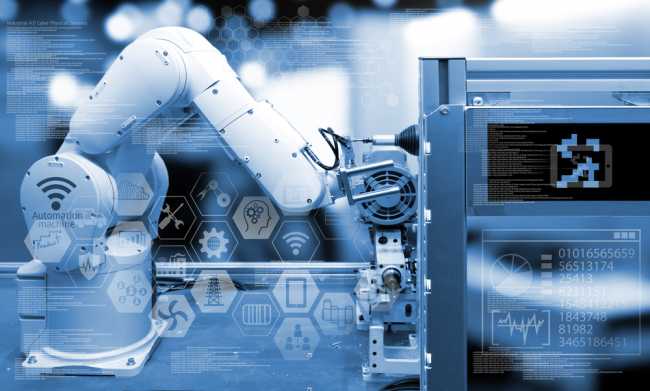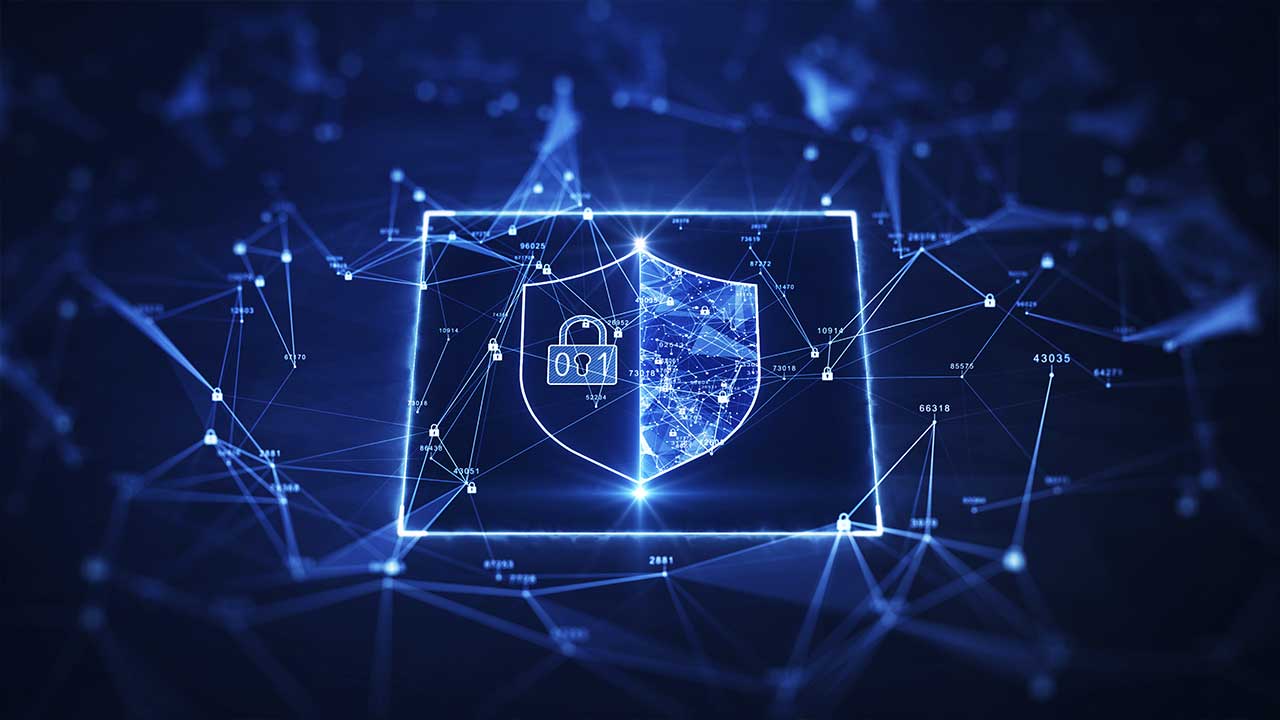Smart Manufacturing: Cloud vs. Edge Computing
There are an endless number of buzzwords in the technology industry at any given moment. We’ve all heard more than enough about the Cloud, the Edge and the Internet of Things (IoT) for the past several years. However, there still seems to be some confusion in the Smart Manufacturing industry about how these three terms work together.
The Internet of Things refers to the billions of physical devices around the world that are now connected to the internet, collecting and sharing data. They may however be sharing that data to the Cloud (IoT Cloud Computing) or keeping it local, at the Edge (IoT Edge Computing). What I’m seeing in the marketplace is that manufacturing companies don’t realize or know how to effectively do both. They are either sending all of their data to the Cloud, or none of it. The purpose of this article is to look at the usefulness of Cloud vs. Edge computing as part of an IoT solution.
The Limitations of Cloud Computing
Let’s start with Cloud Computing. As I mentioned, there seems to be an all or nothing approach. Many companies believe all real-time computing should be pushed to the Cloud. They want to replace all local databases and make them available on the Cloud to enable various dashboards, make the data readily available ten years down the road, and to not have to worry about long-term storage and security. Clodless IIoT: is this possible?
However, I’m here to tell you the Cloud is not the end-all-be-all for real-time computing, and here’s why.
- Limited network bandwidth. Networks are still not at the level we want them to be, latency still exists. If someone wants something quickly, then collecting the data and sending it to the Cloud to be analyzed takes extra time. Not to mention the fact that many factories are not Internet-connected at all yet or are located in remote areas with poor network availability.
- Not ideal for short-term analysis. The Cloud is good for long-term analysis. It has enormous power for long-term tasks, looking at data over time, storing it, etc. However, if you want data about a specific asset and you want it now, the Cloud is not the ideal solution.
- Real-time decision making. Managing several types of data formats in a central location can be chaotic. There is wisdom in doing something specific to an asset right next to the asset without depending on any other external systems that may or may not have connection issues in order to take action on the data in near real-time.
These limitations are not to say that Cloud Computing is not useful or does not have its place – but it can’t do everything. What I see most often is companies collecting vast amounts of data and sending it to the Cloud, but then only using a small fraction of that data. They are spending time and money on data they’ll never need or look at.
Or you have the other side of the coin – not collecting enough data in the Cloud. In the manufacturing industry in particular, most factories are not pushing all of their data to the Cloud, they are only pushing the variables they know they will need such as uptime, downtime, production run rate, and more. But these variables are not asset dependent. Suppose they want to know how a particular asset is performing. Suppose they want to move towards machine learning or other use cases that rely on asset-specific data. IoT Cloud computing can’t do that job alone.
Edge Computing Fills in the Gaps
Enter Edge computing. Edge computing is distributed intelligence at the asset-level.
There are some processing functions and data analyzation you want to keep at the Edge. There is some data that is useful at the Edge rather than in a central location. The nice thing about Edge computing is you are still collecting vast amounts of data and you can call on it whenever you need it. However, you aren’t sending it all up to the Cloud and crossing your fingers it will become useful someday – which saves time and money.
The Edge layer is designed to analyze the data next to the asset, where the Edge is connected. An IoT gateway with an Edge computing platform will normalize the data, and pre-process it so you are not sending everything to the Cloud. Then, the system administrator must determine which parameters are useful in the Cloud and run those applications there.
I already mentioned that Cloud computing is not the end-all-be-all, but let’s look at some specific reasons why Edge computing can be a key part of any good IoT solution for real-time computing.
- Security. Anytime you send data to the Cloud you risk security. Keeping it secure at the Edge is simpler.
- Storing some data at the Edge is simply cheaper than storing all of it in the Cloud.
- Speed of data analysis. Analyzing smaller amounts of data locally, at the asset, saves a lot of time over sending everything to the Cloud for batch analysis.
- Does not require connectivity. Many factory floors that are not yet connected to the Internet but still need to be able to analyze data, which can be done locally with Edge computing.
Cloud vs. Edge Computing
So, when planning an IoT project, how does a customer know how much of their data should be processed at the Edge vs. how much in the Cloud?
Any high volume IoT system should have both layers – Edge and Cloud (and everything in between for that matter but that’s another topic for another day). What I mean by high volume is vast amounts of data. Many assets, in many locations, with many different parameters all of which need to be analyzed for various business purposes ranging from cost-benefit analysis to predictive maintenance to factory performance.
What types of functions should be left at the Edge? Anything that affects the local assets. For instance, if the use case is to collect several parameters from a series of assets to determine how well they are functioning, and then flag them red or green for functionality, that data can be processed at the Edge. Statistical analysis can be performed there and the alerts can be cleared locally if a problem exists. That way if there is a problem on a local asset it can be drilled down easily.
What types of functions should be performed in the Cloud? Long-term manufacturing analysis is the primary function for the Cloud. Businesses want to see how their factories are performing over time and those numbers are still best analyzed in the Cloud. Also, if you are looking to do complex machine learning, then you need more compute power and large amounts of data over time in order to create accurate machine learning models. However, once you have created those models, it is better to run them at the Edge for the reasons we have mentioned above.
Consider a manufacturing plant, for instance, with a robotic system. The system performs tasks measured in milliseconds. Data output is extremely high, and data is refreshed every 10 milliseconds at the Edge. Edge computing is necessary for this system in order to keep the assembly line running smoothly. If this data was pushed to the Cloud it may take an admin several hours to see a problem. It would require a great deal of bandwidth and security to send all of that data to the Cloud. At the Edge a problem is discovered and addressed much more quickly.
As manufacturing companies move towards IoT systems they want to do so as efficiently and cost-effectively as possible. The combination of IoT Edge computing and Cloud computing allows them to gain intelligence at the Edge without changing too much on the factory floor. They can start by collecting data form legacy systems right next to them. Then, over time, they can send the data that makes sense to the Cloud for those long-term applications and development of machine learning models. And then, once those Machine Learning models are created, run them at the Edge to take action on the data being collection for real-time decision making.
John Younes![]() is the Co-Founder & Chief Operating Officer at Litmus Automation. He is in charge of operations and growth for the company and draws on considerable experience working with start-ups and early stage companies. He has a Bachelors in Management from University of Western Ontario and a Masters in Management with specialization in Global Entrepreneurship from EM-Lyon.
is the Co-Founder & Chief Operating Officer at Litmus Automation. He is in charge of operations and growth for the company and draws on considerable experience working with start-ups and early stage companies. He has a Bachelors in Management from University of Western Ontario and a Masters in Management with specialization in Global Entrepreneurship from EM-Lyon.
Sorry, the comment form is closed at this time.




Pingback: Smart Manufacturing: Cloud vs. Edge Computing – IoT – Internet of Things